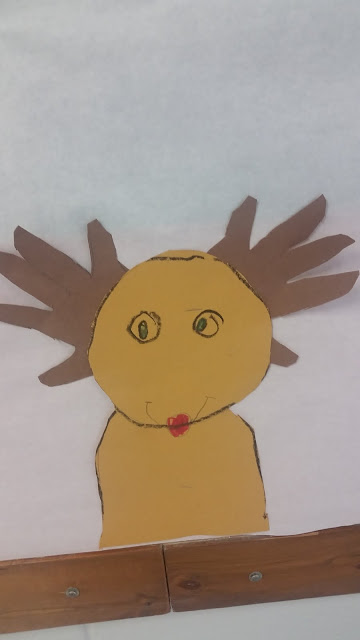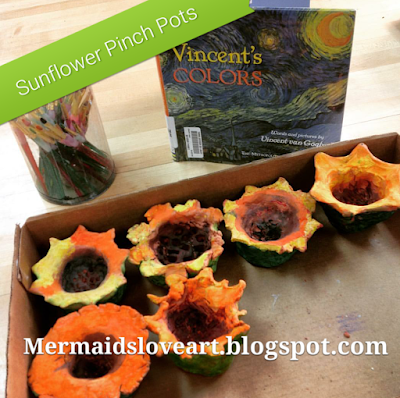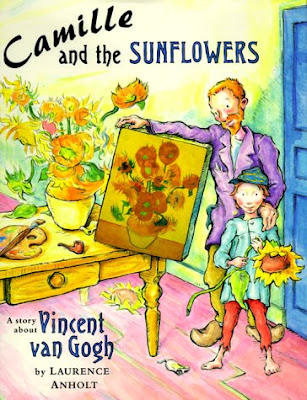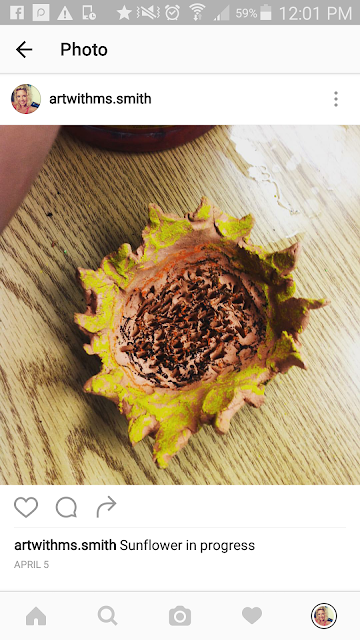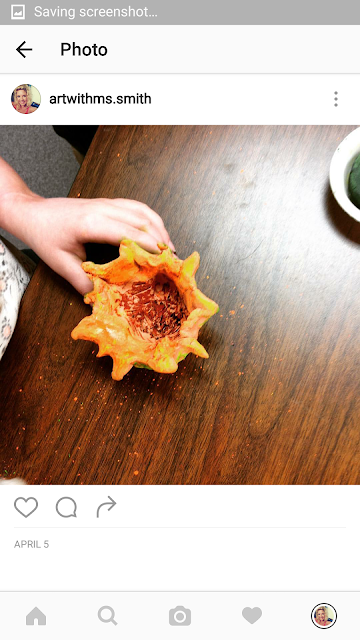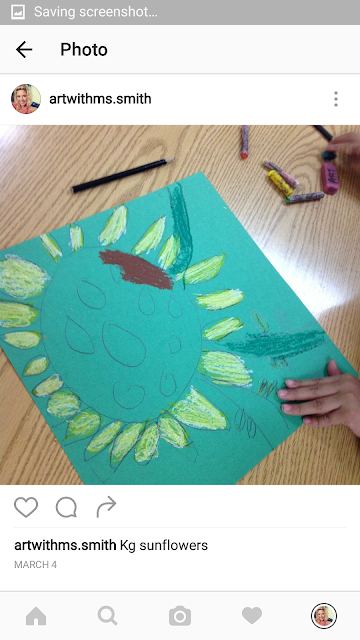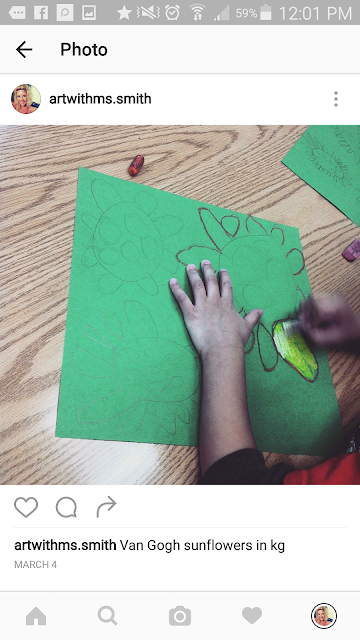
At my school, I have a giant....like 20ft.....bulletin board for the sole purpose of displaying art, so I decided to make it into a great, big wintery wonderland, with different things created by each grade level. I knew that in order to keep organized, I would have to have differences for each grade level, and sub categories for each class within the grade level.
Here's my initial planning sheet, which changed a little here and there...
I included different sizes or colors of certain things in the mural, for dimension, and also for the purpose of knowing which classes made which pieces later on, when taking it apart.
Each grade also focused on a different concept. I always like to display those concepts for other teachers, parents, students, and community members to see. That way, they know we aren't JUST making cute stuff in art class, but we are also teaching, learning, and problem solving. For this mural, I wanted to display my signs as a part of the mural. Here's what I came up with:
Kindergarten:
One class did these close-up reindeer, for the bottom of the mural, while another did full body reindeer for the background of our mural. Both classes focused on collage, as well as fine motor. Tracing and cutting hands was pretty tricky for some. Either way, the results were super adorable :)
I had this second kinder class trace and cut their WHOLE hand, and then later cut off the thumbs, to create these "far away" deer.
Here's an in-progress shot of our mural, with the big deer head and shoulders down below, and the smaller deer up on the highest "hill". Some are also "flying above"...Santa is yet to be added in this picture...
The first graders learned about symmetry, and they were in charge of creating our "SYMME-TREES". Again, I differentiated the classes with the use of different shades of green. My higher first grade class created TWO trees each and glued them together. The other 2 sections of first grade created one each of a different color and decorated.
Two-tree cluster:
One tree a piece for my other class:
The third class had one tree of a different color:
For second grade, I knew I wanted to do snowmen, but I struggled at first with a good tie-in that hadn't yet been covered this year or in past years with this group. Then, like a snowflake to the eye, it hit me! EMOTIONAL SNOWMEN (and women)!! This was super fun...and totes adorbs.
Here are the sketches I had on their tables when they walked in. The first thing I did was have the students talk in table groups about their given snowman's emotion, based on their face. Then they all shared together how they could tell what the snowmen were feeling, by what I had drawn.
From there, each student designed and cut out their own snowperson. We used chalk pastel for the shadowy snowballs, and marker for the other details.
Totally cute, and they totally "got it".
The third graders were the only class with a 2 day lesson. They learned about NEUTRAL colors. One class made squirrels, and the other made winter foxes. Each student chose either grays, silver, white and black. OR browns tan, and gold to make their critter.
I had the kids trace the squirrel or fox parts on one side of their paper first.
Once they were all done tracing, they painted with their chosen neutral colors, and they used the sgraffito technique for added dimension and texture.
They were encouraged to keep some of the colors separate so there would be a variety of colors seen in each of their animals.
On day two, the kids cut and glued their creatures together, and they added eyes and other details.
Kids who finished early added gifts, hats, mittens, etc.
My fourth grade group was still finishing up a previous lesson, so it worked out for them to do some snowflakes as they finished up. This was something small, not too overwhelming, but still a good contribution to our mural.
Before starting, We talked about "Radial Balance", and I had some circles for them to trace, to emphasize this concept.
I had one class make white snowflakes, and one make gray.
If a student had more than two snowflakes, they were allowed to take it home with them or have it hung. Most wanted to take some home, which worked well for our purposes.
Last, but not least, my fifth grade students were in charge of making ornaments for our largest trees in the mural. They used black paper, and drew out simple shapes.
We discussed analagous colors and value, in creating these "shiny" ornaments. They LOVED it, and were amazed that they could do it!
They cut them out and I stapled them up. I told them they could pick their favorites and write their names on those, and I would save them. One thing I didn't think about was that writing on the back of the already colored ornaments left a "print" of their names on the colored front side, so next time I would have them write their names in oil pastel on the back, as well, instead of using pencil.
Here are a couple of shots of our mural. The bulletin board is WAY too big to get into one photo, but I also took a video (seen at the end of this post). This is the mural without the woodland creatures. Plenty to look at already!
In the end, it wasn't PERFECT, but not bad for a first time try, and now I have a starting point for future murals. Plus, it is festive and fun through the holiday season....tons of complements from teachers. And the kids are enjoying keeping a lookout for their projects as this grows :)
I hope you all have a fun and happy holiday season, and thanks again for stopping in :)


